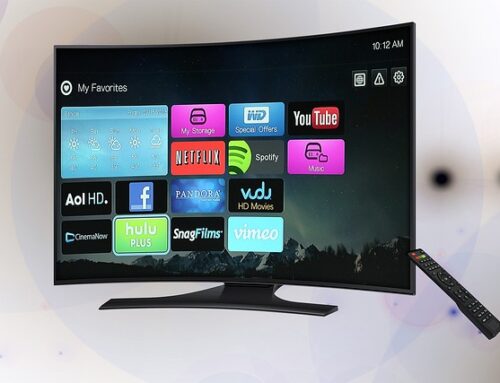Pay-TV once dominated American households, yet recent figures paint a starkly different picture. The number of homes tied to traditional cable or satellite declines year after year, replaced by flexible streaming bundles delivered over broadband. Market researchers report that roughly forty-six percent of U.S. internet households now qualify as cord-cutters, and forecasts suggest the percentage will pass the halfway mark well before the decade ends.
Market valuation and forward outlook
The U.S. IPTV sector reached approximately 32 billion USD in 2024. Projections indicate a rise to more than 100 billion USD by 2033, representing double-digit annual growth. That surge stands in sharp contrast to legacy pay-TV, predicted to lose millions more subscribers annually as contracts expire. Momentum rarely reverses once consumers experience a cheaper, on-demand alternative.
Why Americans cut the cord
Surveys list monthly savings as the prime motivator. A premium cable bundle can exceed 100 USD, whereas an Iron Pro TV package offering live sports, cloud DVR and on-demand libraries often lands at half that outlay. Flexibility follows close behind. Households appreciate the freedom to cancel during off-season months when favourite leagues rest, then re-subscribe without installation appointments or hardware rentals.
Broadband expansion removes barriers
Much of the United States now enjoys download speeds well above the 25 Mbps threshold recommended for simultaneous high-definition streams. Rural areas, historically underserved, benefit from low-Earth-orbit satellite internet, which extends IPTV access beyond city limits. As connectivity gaps close, adoption curves in rural counties begin to mirror those of suburbs with mature fibre.
Sports rights migrate online
Live sports long acted as the last anchor holding customers to cable. That grip is loosening. Major leagues split broadcasting packages, granting streaming-exclusive windows for marquee events. When a pivotal playoff series appears only on an IPTV feed, fans follow—and seldom return to the old arrangement. Broadcasters watching real-time audience migration rush to secure additional online deals, accelerating the shift.
Advertisers follow the audience
Brands divert larger shares of their media budgets to addressable streaming impressions. Granular reporting, day-part targeting and frequency caps appeal to marketers seeking efficiency. This influx of ad spend funds original programming: exclusive talk shows, documentaries and regional news bulletins debut weekly on IPTV menus. Viewers notice the expanded catalogue and reinforce the trend by recommending services to friends.
Obstacles and their remedies
Piracy remains a threat, yet rights-holders employ watermark tracing and swift takedown requests to curb illicit streams. Device fragmentation can frustrate first-time users, but customer-service models evolve; live-chat assistants layered with real agents provide setup help without the long call-centre waits associated with cable providers. Satisfaction scores rise accordingly.
Outlook
If current growth rates persist, cord-cutting will soon become the majority stance in the United States. IPTV stands ready to meet demand with slimmer costs, rapid feature roll-outs and seamless viewing across phones, tablets and living-room screens. The story of American television is rewriting itself in real time, shaped by consumer choice rather than fixed channel bundles.


Leave A Comment